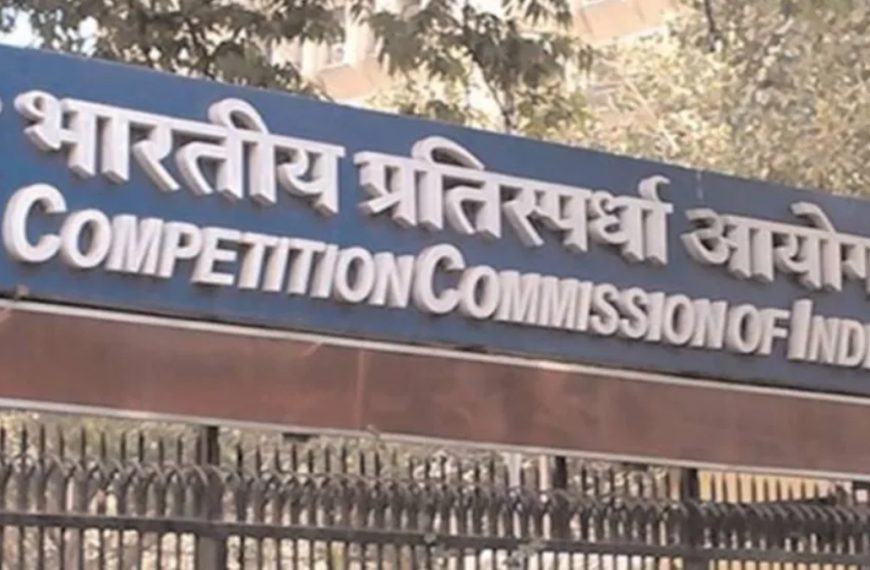As the Indian IT industry enters its annual earnings season, it’s crucial to take stock of the current state and future prospects. Early indicators suggest that FY 2026 may bring another year of tepid growth, anticipated to be in the low to mid-single digits. This marks a concerning trend, as it would be the third consecutive year of such performance, a situation previously unseen in the sector. Recent tariff changes in the United States have further dampened short-term expectations.
The Question of Growth: Temporary or Structural?
This situation raises an essential question: Are we facing a temporary downturn caused by cyclical factors, or are there more profound structural problems at play? Is it time for the Indian IT industry to undergo a fundamental overhaul in its business models, investment strategies, and growth philosophies?
Reflecting on the Indian IT Services Evolution
Over the past thirty years, the Indian IT services sector has transformed into a powerhouse, boasting a market size exceeding $250 billion. Several key innovations spurred this remarkable growth:
-
Global Delivery Model: This approach allowed Indian firms to cater to clients worldwide, complemented by on-site support from a mobile talent pool, providing a significant competitive advantage.
-
Talent Development: By capitalizing on India’s extensive engineering talent, companies have effectively turned fresh graduates into globally competent IT professionals through rigorous training programs.
- Robust Infrastructure: Early investments in state-of-the-art infrastructure and employee-centric HR policies, including Employee Stock Ownership Plans (ESOPs), attracted top talent.
With visionary leadership and consistent execution, the industry scaled new heights. However, after three decades of steady growth, it’s time to reassess: What changes are necessary?
Current Challenges Facing the Indian IT Sector
In recent years, several troubling trends have come to light, some of which are self-inflicted while others are influenced by external factors:
1. Shrinking Demand for Services
With every technological advancement, the demand for services related to tech adoption has decreased. Previously, ERP implementations required services worth two to three times the software cost, while recent tech waves, including Cloud, Digital, and AI, require significantly less service spending. This trend raises concerns about sustaining growth purely through service revenues.
2. Dependence on Scale Over Innovation
Recent growth has been largely driven by large deals and acquisitions. While this strategy boosts revenue, it often dilutes profit margins and stifles innovation. The focus has shifted to cost-cutting rather than enhancing value or developing unique intellectual property.
3. Disparity Between Ambition and Capability
Once known for their ability to under-promise and over-deliver, many firms now craft ambitious narratives that fail to align with their actual capabilities. The value proposition predominantly revolves around lower costs and skilled labor, yet brand visibility has not translated into meaningful differentiation.
4. Following Trends Rather Than Leading
Indian IT companies have excelled as fast followers, capitalizing on established concepts rather than pioneering new technologies. While this strategy has worked in the past, it risks weakening their market leadership.
5. Predictability vs. Risk
The industry’s historical focus on quarterly revenue predictability can stifle bold investments in future capabilities. This fixation on consistent outcomes may deter companies from taking necessary risks.
6. Talent Acquisition Challenges
The inability to move up the value chain has hindered the industry’s ability to attract top-tier talent, forcing companies to hire from lower-quality institutions. This trend negatively impacts innovation and long-term sustainability.
Identifying Key Shortcomings
At a macro level, the Indian IT services sector is falling short in three strategic areas:
-
Differentiation: Revenue per employee has stagnated, primarily due to commoditization and a lack of significant intellectual property. Continued stagnation raises concerns about long-term viability.
-
Diversification: Unlike other large conglomerates, many IT firms remain narrowly focused, missing opportunities to explore new business lines that could drive disproportionate growth.
- Risk Appetite: While the industry excels in execution and profitability, it often avoids bold, high-risk ventures. This risk aversion could ultimately become its most significant threat.
The Path Forward: Embracing Transformation
Despite these challenges, Indian IT firms possess strong balance sheets and respected brands. To thrive in the next three decades, they must consider several strategic shifts:
-
Invest in Emerging Technologies: Companies should take bold steps into new sectors such as AgriTech, ManufacturingTech, EducationTech, MobilityTech, SpaceTech, and FinTech, not only as service providers but also as innovators and creators.
-
Expand Beyond Traditional IT Services: Exploring adjacent industries like education and skill development could unlock new growth avenues, especially as society increasingly prioritizes these areas.
- Revolutionize Talent Acquisition: Developing new models to attract top talent with competitive compensation is essential for long-term success.
The industry must rethink its strategies, moving away from "more of the same" to embrace innovative approaches. Management, along with investors and board members, must engage in deeper introspection to catalyze meaningful change.
The future of Indian IT hinges on its ability to adapt and reinvent itself. The critical question is not whether a reset is necessary, but how quickly it can be implemented to secure a sustainable and prosperous future.











